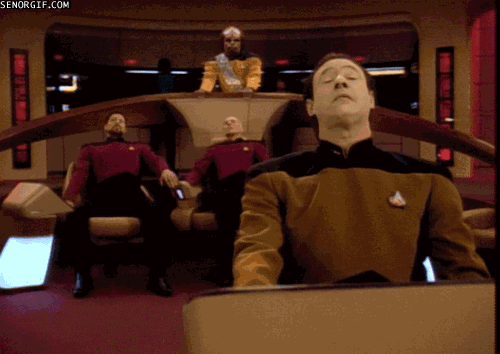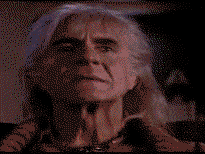
"I SHALL WRITE MY OWN MIDDLE GRADE BOOK!"
Fantastic! But, what are you going to write about?
This is the hard part. Coming up with an idea that is not only original, but something that will appeal to a middle grade audience that is seemingly more often than not called a "reluctant reader". Now I am not going to tell you what to write in this post, but rather give a few suggestions as to how to snag the interest of a MG reader and hold it for each and every page of your book.
Phase 1 - Coming up with the Concept aka THE BRAINSTORMING SESSION!

The fact of the matter is, phase 1 doesn't exist. It's a myth. I find the best way to come up with your idea is to just let it come to you naturally. Whether it's while you are driving in your car, on the train to work, during dinner, or waking up from a vivid dream. It can come to you at any moment. Which is why I give you this one bit of advice. Keep some sort of journal, or device where you can keep track of your ideas. You never know when it's going to strike.
Phase 2 - The idea has been born! Now let's keep it original...

First of all, I'd pay good money to see a Star Trek TNG / Star Wars tie in, but seriously folks. Let's keep your ideas original! We all want to grab from other books that have inspired us, but we have to be careful. One of the key things a reader is looking for (especially a MIDDLE GRADE reader), is something fresh and new. Sure, middle grade kids would go nuts over a book with fierce warriors or epic star ship battles, but we have to go where no man has gone before with our books (oh snap, see the star trek tie in right there?). There is no problem with being inspired, but rule #1 is to come up with an original plot behind your concept. Once again, don't rush this. Let it come to you. You'll be surprised what's waiting to break free if you just let your imagination run wild.
Phase 3 - But what do MG kids like?! Determining your target audience.

Good question. And that's up to you to decide. I am in no place to tell you what to write about. Every kid is different, and that's where you have to figure out who you're going to cater your story to. Are you targeting the Sci-Fi buff, the contemporary reader, or maybe the kid dragon slayer? Be careful though. You don't want to put all your eggs in one basket. Make sure you're not stretching yourself too thin with your audience. Too much of a good thing could end up being a bad one. Some more advice? Hang out with some middle grade kids! Nieces, nephews, volunteering at your local school or library. Get to know them! Some kids love telling you about what their latest addiction is!
Phase 4 - The kick-butt protagonist.......

Alright, Kirk. You don't need to kick your own butt. But in all seriousness, this is one of the most important aspects of your book. Your NEED to have your audience fall in love and relate with your protagonist. Especially with a middle grade audience, they need to believe that this character could be real. They want to read the book, and have it feel that they are following the MC every step of the way. We want to root for them and put ourselves in their shoes! Learn how they think. Learn how they act, and apply that to your MC. MAKE. HIM/HER. BELIEVABLE!
Phase 5- The diabolical antagonist..........
>
 \
\
There he is Khan! FOUND WALDO! Good job, but you're still evil. Second most important part of your book? A villain worth remembering. How can anyone forget he-who-must-not-be-named? Take a look at what JK Rowling did with her villain. A villain is not just someone who is out to get your protagonist. They have just as much of a story as your protagonist does. What drives them to be evil? ARE they really evil? What is their conflict? Do not ignore these things. Villains aren't mindless. In fact, there is usually more going on their heads than the hero.
Phase 6- Don't give up on your story!
You've come this far, now the only part left is to finish it. Let the story come out at it's own pace. This isn't a race to the finish. Write, write, and write some more. Then edit, edit, and edit even more. You have a great idea right at your finger tips, and I guarantee you, if you put the effort in, an audience is out there waiting to read it.





